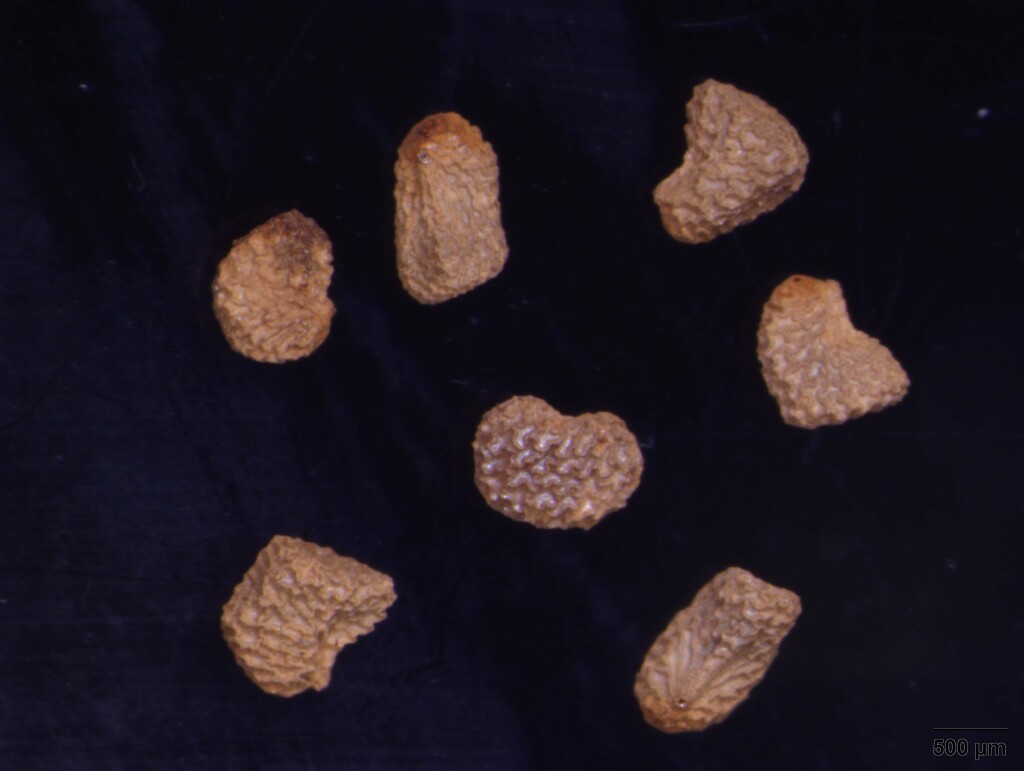Nicotiana
Annual or short-lived perennial herbs, shrubs or small trees, glabrous or pubescent with glandular or non-glandular hairs. Leaves alternate, radical and/or cauline, simple, entire to sinuate, sessile or petiolate; petiole winged or terete. Inflorescences panicle-like or rarely raceme-like or flowers solitary in leaf-axils. Flowers bisexual, regular or slightly zygomorphic, subtended by a bract; calyx tubular to narrow-campanulate, 5-lobed, persistent in fruit, the connate margins often thin and translucent; corolla tubular or salver-shaped, 5-lobed, white, green, yellow or pink, lobes spreading, folded in bud; stamens 5, equal or 4 long and 1 shorter, anthers 2-celled, dorsifixed, not cohering around style, dehiscing by longitudinal slits; ovary 2-celled, stigma capitate. Fruit a smooth capsule, opening by 4 (rarely 2) apical valves, surrounded by persistent calyx; seeds straight, reniform or C-shaped, numerous, minute.
60–70 species, mostly from South America but also North America, south-west Africa, Australia and the South Pacific region; 17 species in Australia, 16 endemic and 1 introduced.
Commercial tobacco is derived from the leaves of Nicotiana tabacum L. and N. rustica L.
Jeanes, J.A. (1999). Solanaceae. In: Walsh, N.G.; Entwisle, T.J., Flora of Victoria Vol. 4, Cornaceae to Asteraceae, pp. 332–365. Inkata Press, Melbourne.
 Spinning
Spinning



